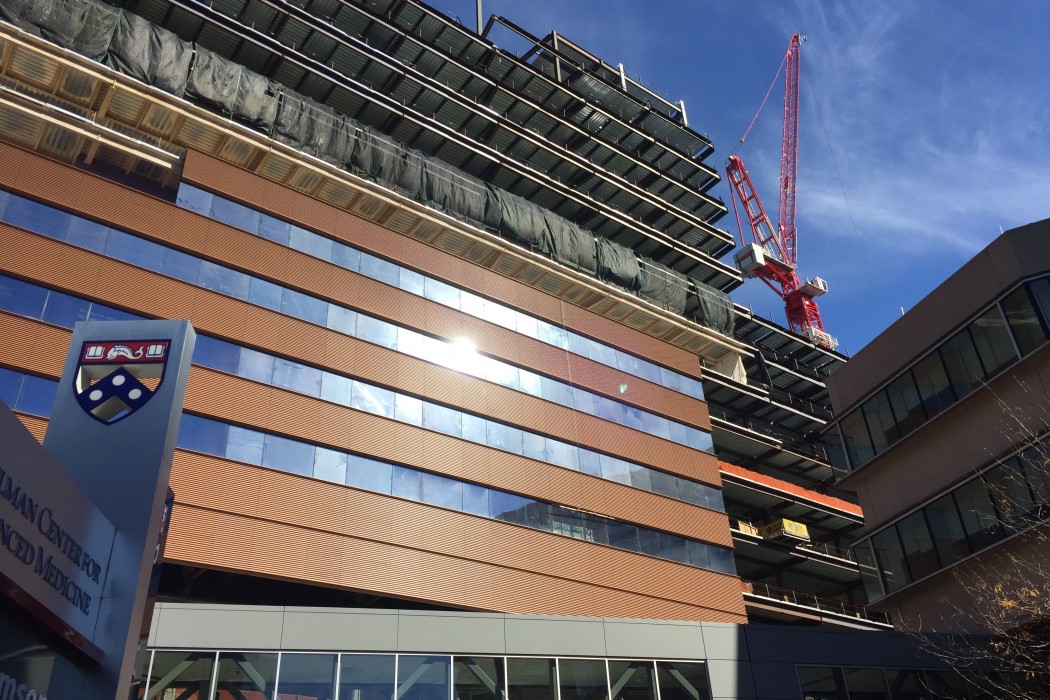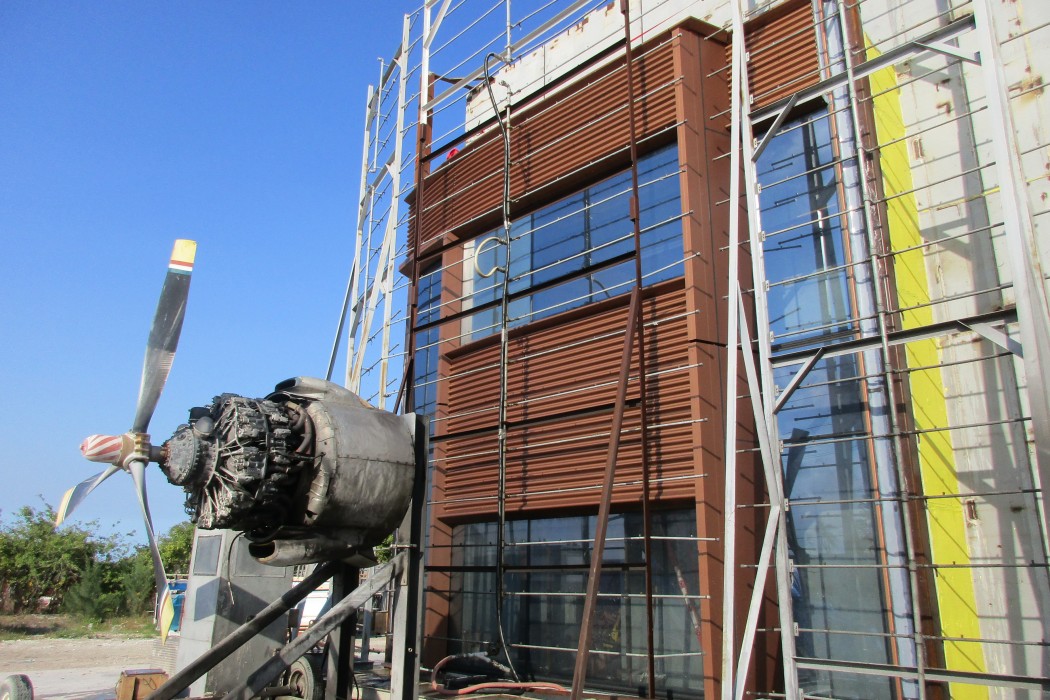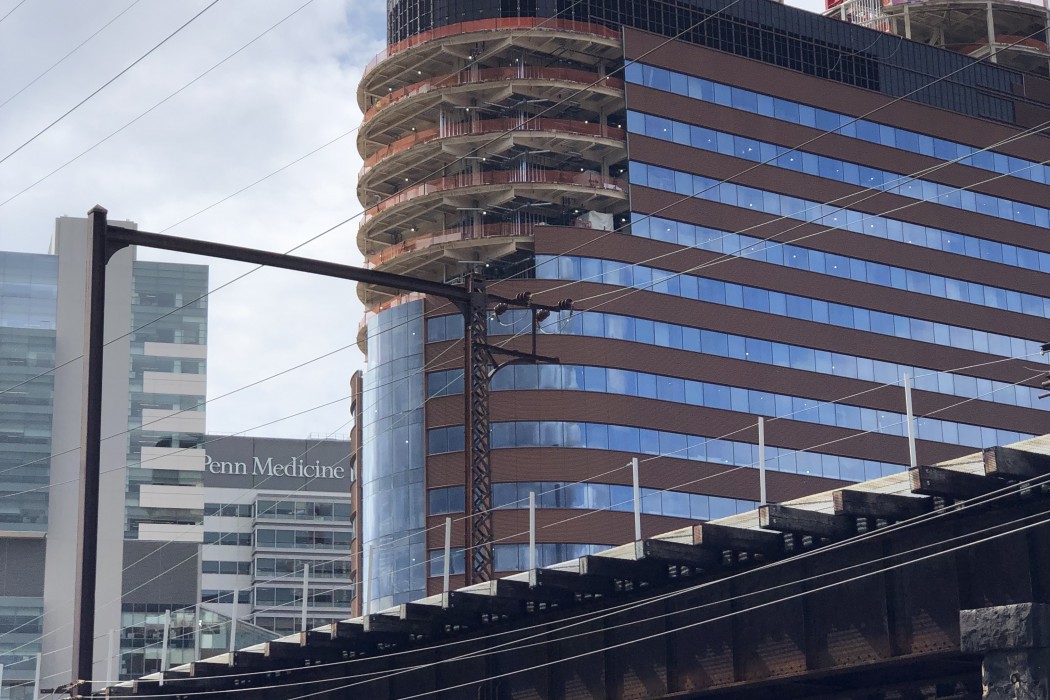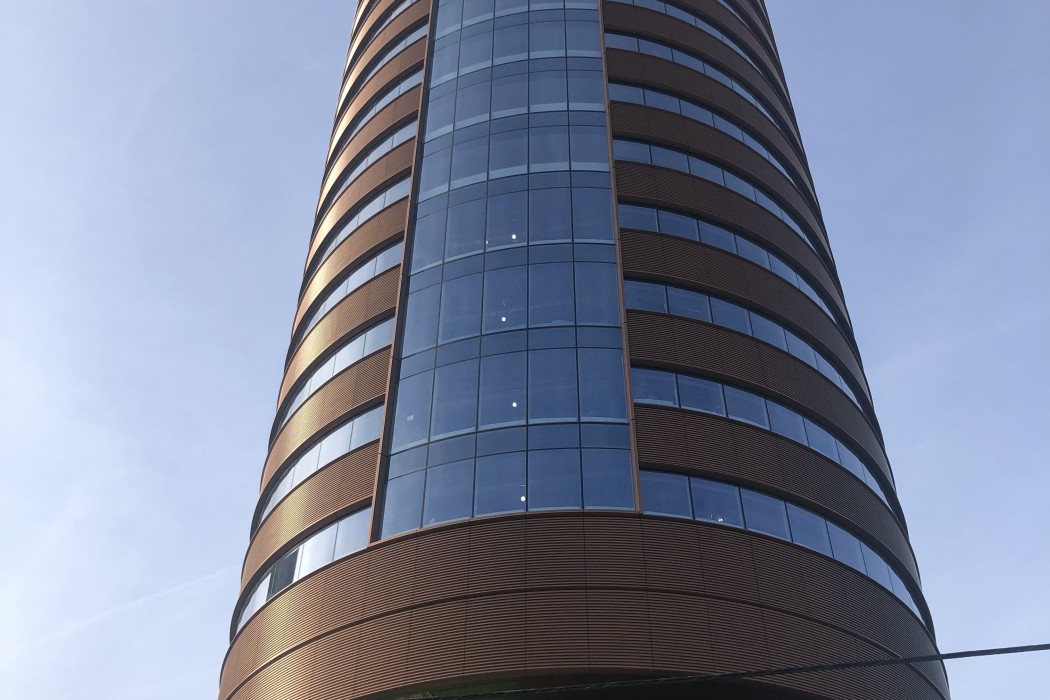WJE PROJECTS
Penn Medicine Pavilion

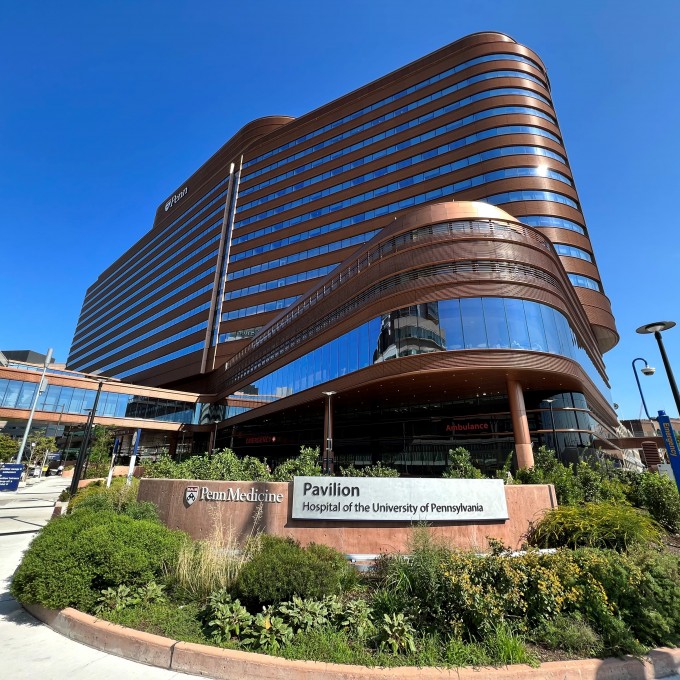
CLIENT |
HDR, Inc. and Penn Medicine |
LOCATION |
Philadelphia, PA |
Building Enclosure Consulting
WJE provided building enclosure consulting and commissioning services, which commenced during concept design to establish the building enclosure design approach and Owner’s Performance Requirements (OPR). We also provided technical assistance during design, bidding, and construction relative to air, moisture, and thermal control, as well as durability, compatibility, and constructability. During this process, we developed and helped execute the quality assurance and performance testing plan for the full building enclosure.
BACKGROUND
The Pavilion at the Hospital of the University of Pennsylvania (HUP) is a state-of-the-art facility for advanced patient care and research. The integrated project delivery team, known as PennFIRST, was formed to design and construct the new hospital; the team included renowned architectural firms (HDR and Foster + Partners), contractors (L.F. Driscoll and Balfour Beatty), and facility and clinical staff from HUP and many other skilled trades. The building is a 1.5-million-square-foot, 17-story, 504-bed facility that includes 47 operating rooms with a project budget of $1.6 billion. It achieved LEED Gold Certification.
SOLUTION
To meet the architect’s design intent and OPR, the project utilized a custom, four-sided, structurally glazed, unitized curtain wall design approach. The system provides fully integrated air, water, and thermal control layers and was designed through a design-assist process with the fabricator to limit the risk for condensation from thermal bridging through thermal simulations and design modifications unique to this building design concept. To provide further protection in a humidified environment, the curtain wall system includes built-in redundancy to manage potential condensation development and incidental water infiltration. Curved and flat extruded corrugated panels with a high-performance coating were integrated within the opaque spandrel sections of the unitized curtain wall along floor lines to provide rigidity and durability. Curved glass was also utilized instead of a faceted facade to provide smooth transitions along the extreme ends of the building.
Performance testing for air, water, structural, and thermal was performed as part of a full-scale preconstruction mockup to verify the design concept before fabrication, and performance was validated in the field through a series of comprehensive tests that started with an initial benchmark installation and continued at regular intervals throughout the project. Structural load testing of the curtain wall anchors was also performed at representative dummy anchor locations on each floor to verify their load-carrying capacity.
RELATED INFORMATION
-
 Clients seeking to create lasting structures rely on us to verify the performance values,... MORE >Services | Enclosure Commissioning
Clients seeking to create lasting structures rely on us to verify the performance values,... MORE >Services | Enclosure Commissioning -
 Clients turn to us when they need a firm that fully understands the aesthetic and functional... MORE >Services | Building Enclosures
Clients turn to us when they need a firm that fully understands the aesthetic and functional... MORE >Services | Building Enclosures -
 We utilize experienced professionals and state-of-the-art modeling and analysis techniques to... MORE >Services | Building Enclosure Testing
We utilize experienced professionals and state-of-the-art modeling and analysis techniques to... MORE >Services | Building Enclosure Testing -
 Learn about our Philadelphia office MORE >Offices | Philadelphia
Learn about our Philadelphia office MORE >Offices | Philadelphia




































